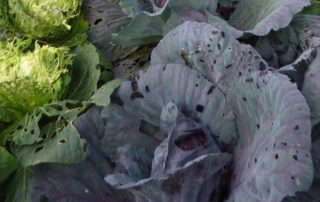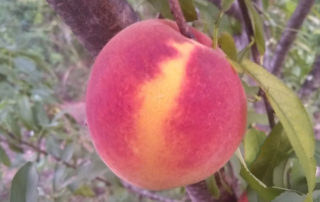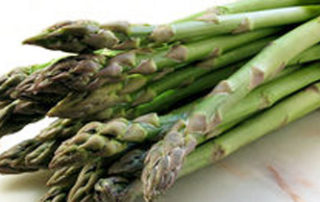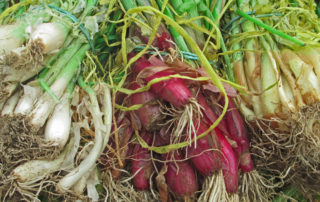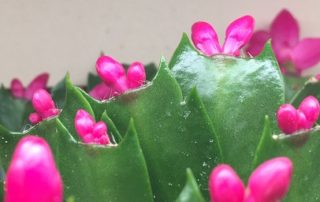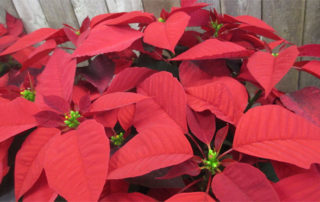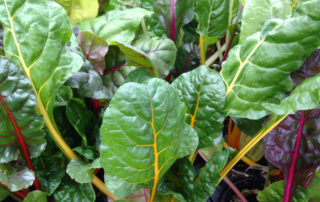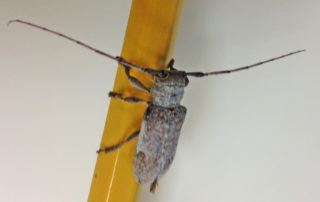Cabbage Loopers
Keep those Loopers off your cabbage! If you have ever grown members of the Crucifer family, such as broccoli, cabbage, cauliflower, kale, radish or turnip, you have probably experienced the wrath of one of three hungry caterpillars. The cabbage looper, the imported cabbageworm and the larvae of the diamondback moth can all make your beautiful vegetable leaves look like Swiss cheese! Imported cabbageworms adults are probably the most conspicuous of the three, as a white to yellowish butterfly flitting about the garden laying their eggs on your plants! Their [...]

